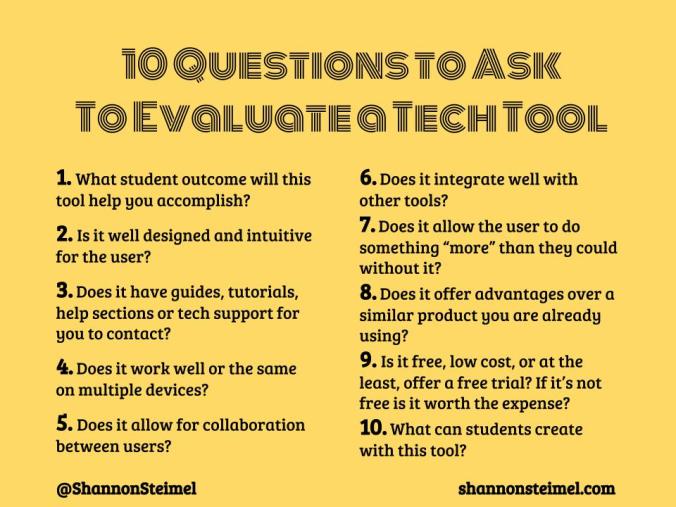Whenever you sign up to use a new web tool, you are often asked to accept the Terms of Service of that site. If you are like me, you probably just hit “I accept” without reading all of that fine print. As part of the ISTE Certification I am pursuing, I’ve had to consider the implications of this when it comes to choosing web tools to use, especially for use with students. The ISTE Standards for Educators Digital Citizen Standard 3d, asks educators to “model and promote management of personal data and digital identity and protect student data privacy.” I’ve realized that this is a crucial step I was missing when I evaluate edtech tools.
For instance, consider these two coding sites for students: CodeCombat and Code.org. Both have engaging coding activities for students, but when you look closer at their Terms of Service and Privacy Policies, as Common Sense Education did, there are clearly differences.

It’s helpful to have a resource like Common Sense’s Privacy Evaluations because evaluating privacy policies can be tedious, confusing and time consuming. Yet, it’s up to us an educators to do our due diligence to ensure we are protecting our students online. If you don’t think this a concern, I urge you to consider Barbara Kurshan’s Forbes article,
“The Elephant in the Room With EdTech Data Privacy,” which raises concerns with #edtech giants like GSuiteEdu and PowerSchool.

In the St. Louis area, one school district that has been a real leader in this area is Mehlville. Last September, Alicia Landers, Director of Curriculum Technology, shared the work they’ve been doing in the district to protect student privacy at an Education Technology Association of St. Louis meeting. Alicia said, “We take every precaution to protect our students in the physical world; we should also do everything we can to protect them in the virtual world, too.”
When they adopted Google seven years ago, they started considering the data privacy issue. It is Mehlville Board policy that any teacher teaching with internet will teach digital citizenship. Alicia created a cheat sheet checklist for herself for evaluating an app, web tool or site before adopting it for their district. Non-negotiables included collecting and selling data and the inability to access, edit and delete data that has been collected.

They also developed a flowchart for teacher-use only or student-use, but it turned out to be too complicated, so they wanted to streamline the process, but evaluating sites was so time-consuming, that they actually went to an outside source for doing this work, Education Framework. They are a startup that will review apps for you for FERPA & COPPA compliance for a per student price. One really great feature is the “request for improvement” button where it will send an email on behalf of you to contact the company. ABCya actually is now FERPA & COPPA compliant now thanks to this process. In fact, as of September 2017, 27 out of about 100 companies Alicia contacted this way have actually responded and improved their compliance.
When they rolled this out to staff, there were some who mourned the loss of some tools, but teachers ultimately understood that student safety is foremost. Tech staff gave the teaching staff list of approved tools/not approved tools with explanations. Teachers can still use apps that are not on the approved list as long as they are not creating student log ins or sharing personally identifiable information of students. They also created a Google form for teachers to ask for new tools to be approved (usually a 2-day turnaround from Education Framework). They’ve also done work to teach staff about privacy issues and to
provide ideas on how to teach digital citizenship including small, teachable moments.
Mehlville changed their Acceptable Use Policy for students and teachers, with a link to approved apps. Washington, MO schools, where Alicia’s husband works, have also been working with Mehlville in this process. Alicia would love to get with other like-minded folks to continue work in this area including digital citizen ideas. You can connect with her on Twitter @AliciaAjl.
If you liked to know more about protecting student data privacy, Alicia recommends these resources:
https://studentprivacy.ed.gov/sites/default/files/resource_document/file/TOS_Guidance_Mar2016.pdf
https://ferpasherpa.org/educators/
